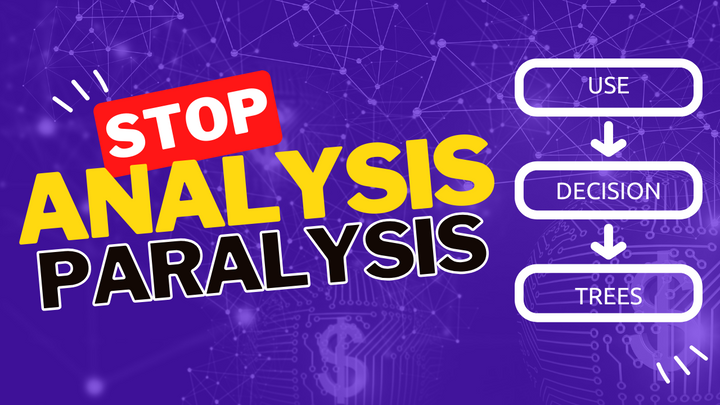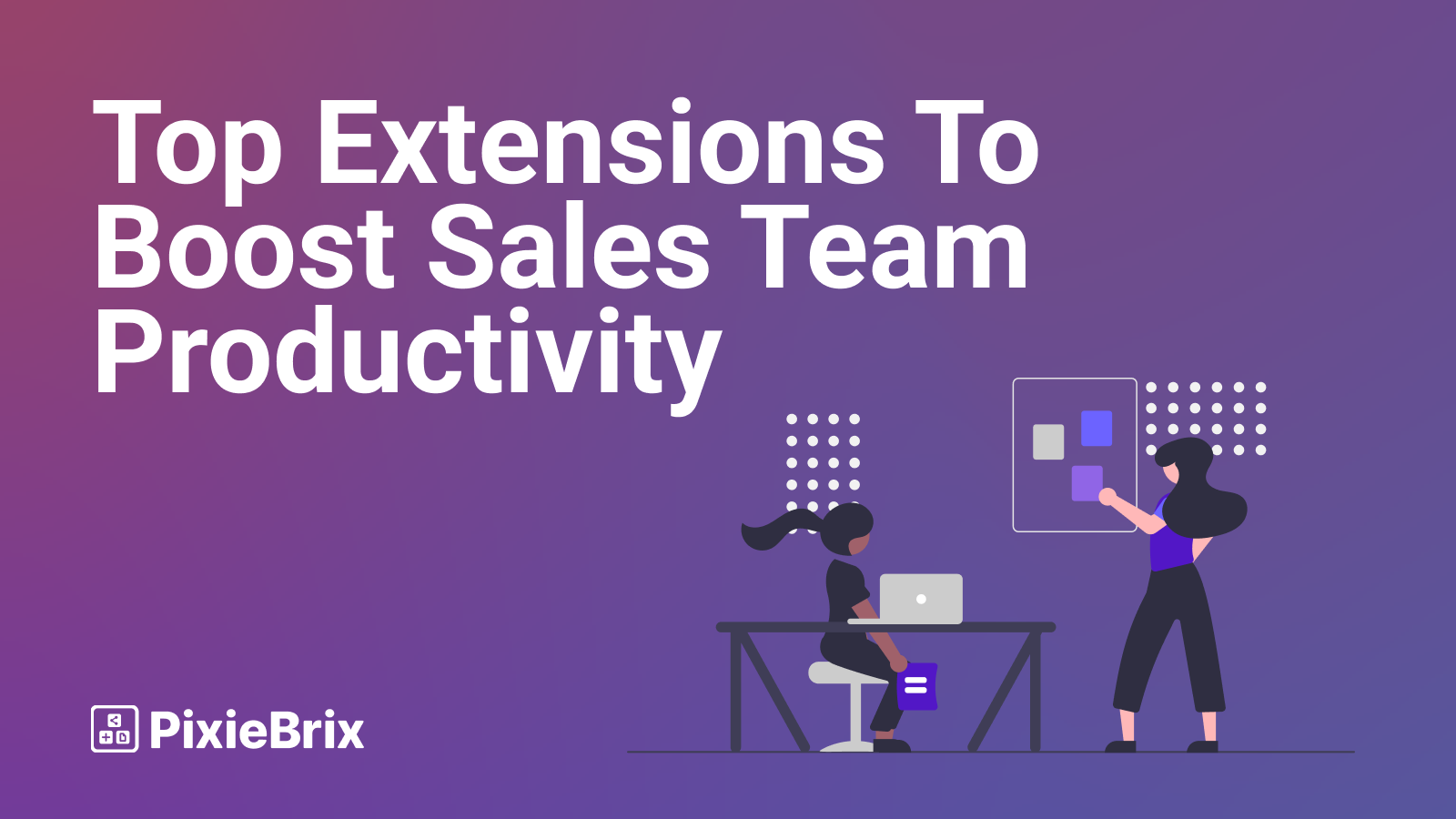5 Benefits of Checklists: Why Checklists Are More Important Than You Think

Picture this: you’re working heads down on a task due in 24 hours and making some good headway. Then you get a Slack notification. Suddenly you’re helping a co-worker solve an interpersonal issue with another co-worker. After that’s finished, you put some wet laundry in the dryer and — hey, why not — grab some carrots and hummus from the fridge (nod if you also make healthy snack choices in your hypothetical scenarios). Back to work — but where were you? The next day, after you’ve handed your work in, you realize you forgot to include a crucial part of the project.
This kind of multi-tasking and — let’s call it what it is, distraction — in modern work is incredibly common. You’re not alone! But, the more multitasking we do, the more likely we’ll forget something important. Which is where checklists come in.
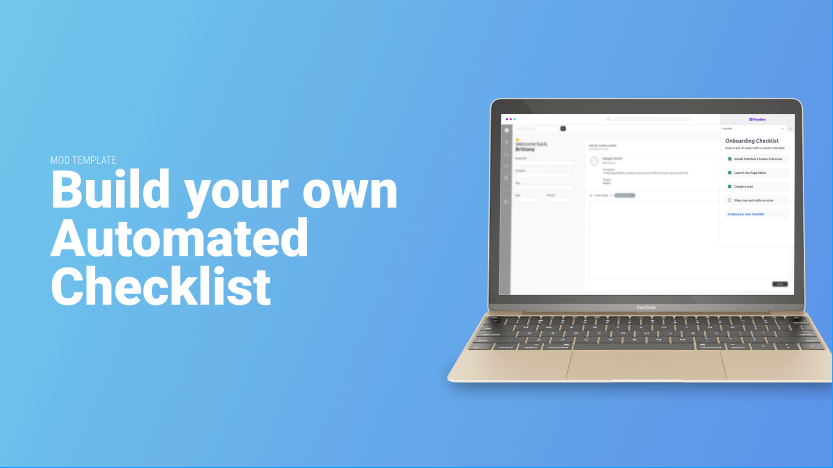
If you had had a checklist in the above scenario, you might have been able to orient yourself in your project quicker after indulging a few distractions and, ultimately, not have forgotten the thing you forgot!
This is essentially the argument of The Checklist Manifesto by Atul Gawande, a book that explores how using checklists can improve the efficiency and effectiveness of various jobs (namely pilots and doctors). But no matter what industry you work in, checklists help teams better coordinate their efforts, identify potential problems before they occur, reduce errors, and even save lives.
It’s a surprisingly fascinating read that we at PixieBrix highly recommend, but if you want the quick notes of the top benefits of checklists — and how they can improve your work and personal life — keep reading below.
What is a checklist?
A checklist is a catalog of tasks or steps used as a reminder or guide for completing a specific process or task. Many companies utilize a standard operating procedure template to ensure employees follow procedures or implement checklist apps. The items on a checklist are typically organized logically, and they may be checked off or marked as completed after the task is performed.
Here’s an example of an HR onboarding checklist template from Venngage.
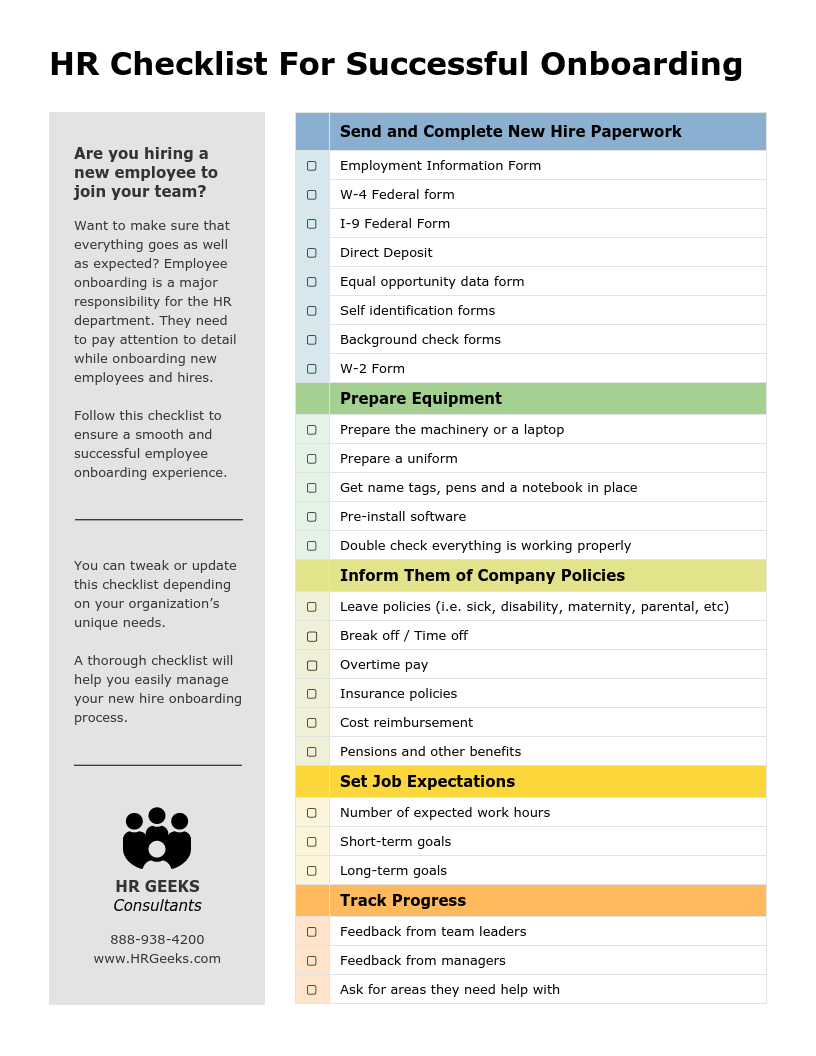
5 benefits of checklists
You don’t have to be a productivity enthusiast to appreciate a good checklist (although it certainly helps!). You might be like me, an INFJ perfectionist with a strong *ahem* “slacker” streak who uses checklists to complete even the most minor tasks. Here are 5 of the most useful benefits.
Reduce errors
In The Checklist Manifesto, Gawande famously admits that he first became fascinated by checklists after learning that a doctor who saved the life of a drowning victim who had spent 30 minutes underwater relied heavily on checklists for his emergency care.
By providing a clear, standardized set of steps or tasks to be completed in your software flow chart, checklists help ensure that nothing is overlooked and that all necessary steps are taken. This is as true of complex, life-saving tasks as it is of repetitive, mindless tasks and everything in between.
Take our own Head of Developer Relations, Brittany, for example. She uses a checklist maker to ensure her code is error-free before submitting a pull request to her team (i.e., requesting the team to review changes she made to code).
This doesn’t just reduce errors in her work. It frees her team up to focus on actually improving the code vs. making style changes. Plus, it makes her seem super thoughtful and professional (she is both of these things!).
Think of the items a pilot or doctor would have on their checklist: “close door of plane,” “sew patient up.” Reducing errors through checklists in these scenarios could literally save lives.
(Here’s an example of an actual pilot checklist, by the way.)
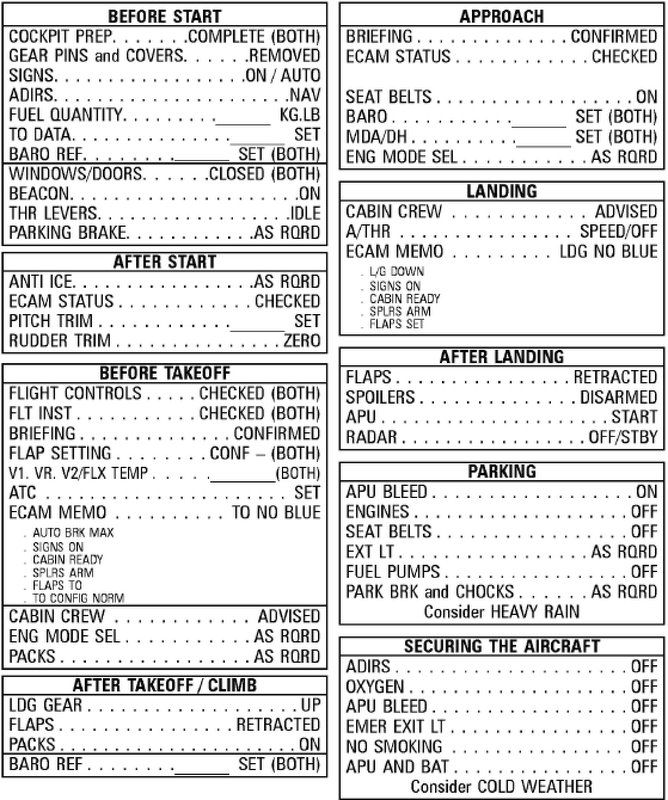
Reduce anxiety and procrastination
If you’ve ever felt overwhelmed by a looming deadline or large, complex task, then you know that breaking down a project into smaller, more manageable goals or tasks feels much better. This is the benefit of a project management tool like PixieBrix.
Speaking about to-do lists (a.k.a. the ultimate checklists), associate professor of psychology at Wake Forest University E.J. Masicampo says, “Goals are interesting as they are almost these autonomous agents that kind of live inside you and occupy space in your mind. When a goal is unfinished it might be a weight on your mind in terms of anxiety or worry and it colors how you see the world, because it’s sort of tugging at the sleeve of your conscious attention.”
Making your project seem less daunting not only reduces feelings of anxiety and overwhelm. It can also reduce procrastination, especially if your procrastination is driven by self-doubt or a lack of organization.
Reward your brain
You’ve probably already experienced the rush of accomplishment that comes from checking an item off a list. As it turns out, that feeling is a real thing, and it doesn’t only happen to productivity enthusiasts.
According to Psychology Today, your brain releases dopamine (the “feel-good” neurotransmitter) whenever it gets something it wants. As such, it’s possible to increase your dopamine levels by setting small goals and then accomplishing them.
And it feels even better to look back on your work at the end of the day and see a whole list of items checked-off.
However, the goal has to be something big enough that you actually feel accomplished after you check it off. You can’t trick your brain into releasing dopamine by putting a bunch of tiny, meaningless goals on your checklist.
Make room for creativity
Need to think outside of the box for a moment or solve a problem in a unique way? Offloading mundane items you don’t want to forget into a checklist can help ensure your brain is working at full capacity (rather than buffering a spinning beach ball of death in the background).
In his book, The Organised Mind: Thinking Straight in the Age of Information Overload, psychologist Daniel J Levitin argues that human brains can only pay attention to three or four things at a time, so it’s important to write down tasks we plan on getting to later. If we don’t, “we’re afraid we’ll forget it, so our brain rehearses it, tossing it around and around in circles in something cognitive psychologists call the rehearsal loop.”
This rehearsal loop is the feeling of your brain buffering. By continually rehearsing things you need to do later, you’re not allowing it to be fully present or thinking in unique and creative ways.
Improve coordination
Checklists are even more useful when put to work by a group of people. Depending on how big your task is (such as bringing someone back to life, which is essentially what the nurses and doctors did to the drowning victim in Gawande’s book), you may have two or two hundred people involved in your project.
To get this teamwork done efficiently and without mistakes, you can have one high-level meta checklist that is broken down into smaller checklists for individuals and the roles assigned to them.
Pilots, for example, usually have an item on their checklist to “advise the cabin crew.” Once “advised,” the cabin crew would then have their own checklists to complete before take off, and within these checklists, probably multiple processes that require mini checklists themselves.
Checklists are the perfect team collaboration tool to ensure that all team members know their responsibilities and the tasks they need to complete. Checklists can be a source of good communication among team members, as they can be used to assign tasks and track progress, allowing team members to stay informed of the status of tasks and any issues that may arise.
Heck, if you get some project management software involved, your checklist might even become a GANTT chart, where you can track the progress of your team’s work on their lists of tasks and adapt to any changes as they happen.
How PixieBrix can help you work more efficiently with checklists
Ready to dive into the organized and dopamine-producing world of checklists? PixieBrix has some great mods for incorporating checklists into your daily life, work, or otherwise.
There’s the handy YouTube Upload checklist (for everything you have to do before publishing a video), Brittany’s original PR Checklist, and more free workflow charts. Not to mention, you could also use PixieBrix to create whatever checklist workflow suits your needs. PixieBrix helps you stay organized with the perfect workflow software bringing your flow chart to life for free.
Check them all out in our marketplace.

